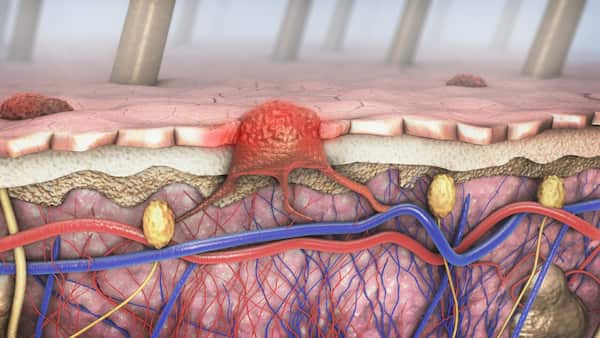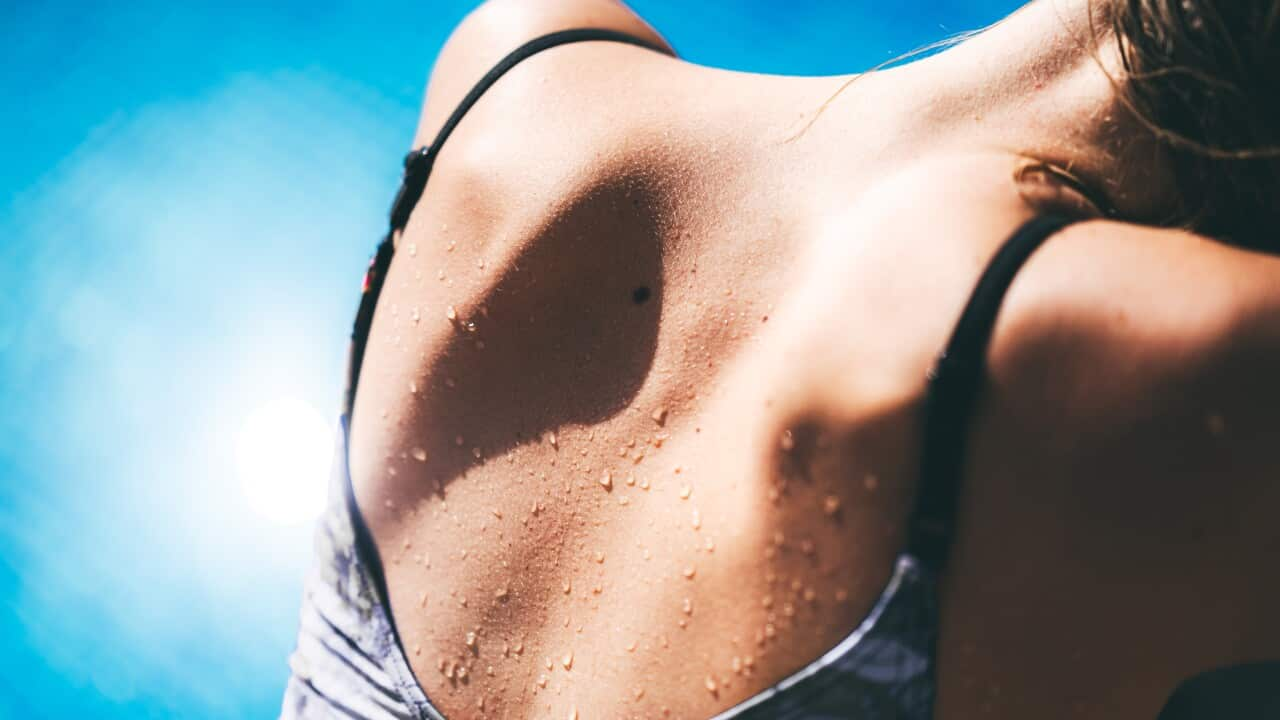Melanoma is typically the most serious type of skin cancer diagnosed but new research has raised concerns about other high-risk forms of non-melanoma skin cancer.
The study from the University of the Sunshine Coast revealed that in the last 20 years, deaths from Squamous Cell Carcinoma (SCC) and basal cell carcinoma (BSC) have nearly doubled.
Their paper, calling it a “hidden Australian skin cancer epidemic”, says the increased in deaths is “only partially explained” by population growth and an ageing population.
Dr Andy Dettrick, a pathologist in the School of Health at the University of the Sunshine Coast, led the study researching non-melanoma skin cancer deaths.
Dettrick said SCCs and BSCs are common, with two in three Australians having at least one incident in their lifetime and the study revealed the danger of underestimating the urgency of non-melanoma skin cancers.
Deaths from non-melanoma skin cancers rose from 400 a year in 2001 to almost 800 in 2021, researchers said, after analysing data from sources including the Australian Bureau of Statistics.
Dettrick also noted that the real extent of these figures may also be largely unknown because the pathologies of non-melanoma cancers are not recorded on Australian cancer registries, due to the high number of cases between treated across GP clinics and hospitals.
While the vast majority of patients diagnosed with SCCs or BCCs can be treated effectively, with cure rates between 91 to 95 per cent, Dettrick said “things quickly worsen once the cancer has advanced locally or spread to lymph nodes”.
Because SCCs are so commonly treatable with practices such as excising spots, the study’s authors commented that “it is overlooked even when it is potentially lethal”.
The study outlines that there is a subgroup of SCCs that is associated with “high risk of metastasis and death”.
Chair of the National Skin Cancer Committee, Anne Cust, told SBS News sun exposure is a main contributor, yet many Australians still fail to take it seriously enough.
“I think there is some complacency among the Australian population, particularly the older generation, [who] feel that the damage is already done,” she said.
While anyone can develop skin cancer, the risk is higher in older people, people with fair or freckled skin, people with red or fair hair, and people who have had short, intense periods of exposure to UV radiation, particularly if it caused sunburn.
How can different skin cancers be identified?
There are visual differences between different types of skin cancer.
Most melanomas appear as flat patches or raised nodules and have a brown or black pigment. A change in appearance to an existing mole may also be noticed, including an increase in size or irregular shape.
According to the Cancer Council, SCCs will typically start out as a thickened red, scaly spot, and generally grow to become a raised tumour without a strong colouring, unlike melanoma pigmentation.
BCCs can appear as a “pearly lump” or a scaly, dry area that is shiny and pale or bright pink in colour.
How can skin cancer be prevented?
The Cancer Council has afor preventing skin cancer otherwise known as ‘slip, slop, slap, seek, slide’.
These guidelines ask Australians to protect themselves from UV radiation by wearing long sleeves, sunscreen, a hat, sunglasses, and seeking shade.

